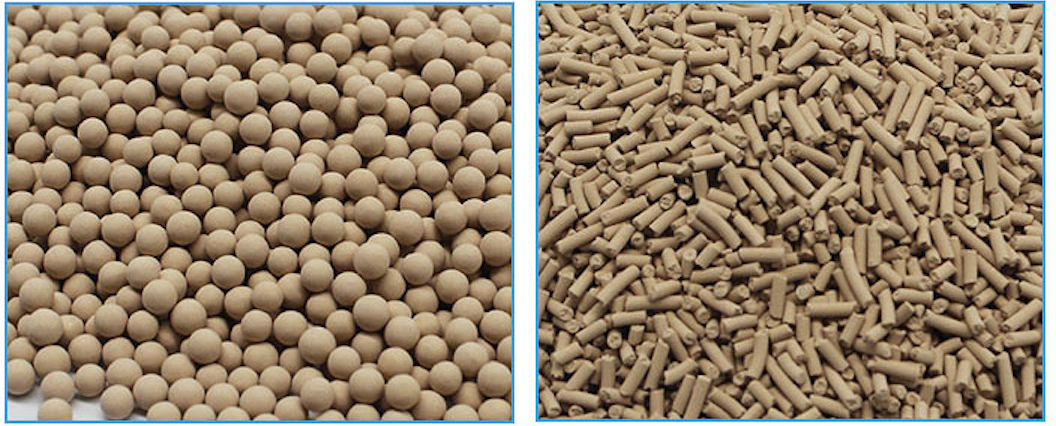Jiangxi Xintao Technology Co., Ltd.
There is chemical industry there is Xintao chemical packing.

XINTAO Molecular sieve are synthetically produced desiccants with small holes to block large molecules. They are usually used as absorbents of gases or liquids. They are quicker in absorbing water than silica gel. They provide protection against moisture and water. These desiccant molecular sieves are available in beads and pellets. The sieves are in a crystalline structure with different pore sizes. They are uniform in their structure, and hence will not let out the moisture back into the container very easily. They are used in removing water from liquids and gases. They usually consist of zeolite. Zeolite is more effective in the removal of water than silica gel, calcium or clay. It also retains moisture even at high temperatures. Hence it is the most preferred desiccant.
The molecular sieve for the hydrogen purification process used according to their pore size in different types of gas drying, gas separation, gas purification, and gas dehydration. The different sized sieves are used in different processes like ethanol drying, oil purification, olefin drying, drying jet fuel, drying liquefied petroleum gas, drying refrigerants, dehydration of methane and ethylene.
Here are the molecular sieve applications: hydrogen purification, natural gas removal, natural gas separation, natural gas dehydration, oxygen removal, oxygen separation, carbon dioxide removal, carbon dioxide separation, natural gas purification, Mercaptan removal, Hydrogen purification, oil purification, solvent drying, and air drying. It is used in many industries such as oil and gas, petrochemicals, sugar, and air Industries.
Copyright © Jiangxi Xintao Technology Co., Ltd. | All Rights Reserved
We are here to help you! If you close the chatbox, you will automatically receive a responsefrom us via email. Please be sure to leave yourcontact details so that we can better assist